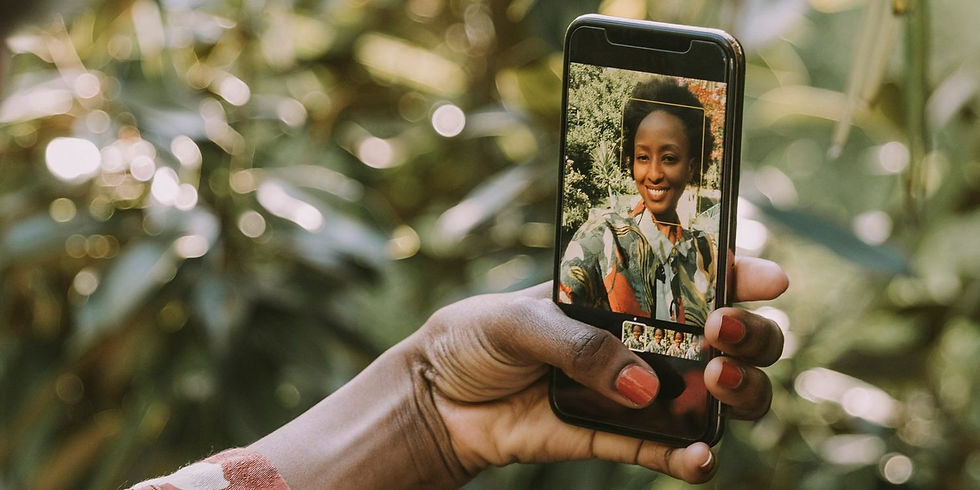Free the Nipple: Challenging Censorship and Double Standards
- Caitlin Elizabeth Rust

- Apr 29
- 3 min read
The Conversation That Keeps Coming Back
In 2022, actress Florence Pugh wore a sheer pink Valentino gown to a fashion show in Rome. The dress revealed her nipples—and the internet had a meltdown. While some praised her confidence, others criticized her body and outfit. But Pugh’s look wasn’t just a fashion statement. It sparked fresh attention for an ongoing movement: #FreeTheNipple.
What Is #FreeTheNipple?
Originally inspired by Lina Esco’s 2012 film, Free the Nipple, the movement calls out the hypocrisy in how society polices male and female bodies differently.
In the film—and real-life protests staged during its production—women in pink balaclavas stormed Times Square topless, demanding equal rights over their bodies. The campaign quickly grew, with celebrities like Miley Cyrus and Scout Willis posting topless photos on Instagram in protest. Most of those posts were swiftly removed.


A History of Double Standards
Back in 1934, Clark Gable went shirtless in It Happened One Night. That same year, men were arrested for going topless at Coney Island. Public protests soon followed, and laws changed—men were allowed to go shirtless. Nearly 90 years later, women are still fighting for that same right.
In contrast, female nipples are censored and sexualized—whether it’s on social media, in art, or even during breastfeeding.
The March for Equality
Each summer in Brighton, UK, hundreds gather for the Free the Nipple March—the largest in the country. People of all genders participate to protest the double standards surrounding nudity. Organisers enforce a code of conduct focused on consent, safety, and inclusivity.

These marches are about visibility, not provocation. They challenge the way we think about bodies and societal control over them.
Florence Pugh: Fashion Meets Feminism
Florence Pugh’s Instagram post of her Valentino dress came with the caption:“Technically they’re covered?”
Her dress was in line with Instagram’s policies—barely. The platform’s guidelines ban visible female nipples unless the post relates to breastfeeding, medical education, or protest. Male nipples face no such restriction.
In a follow-up post, Pugh addressed the harsh commentary—mainly from men—about her breasts. She wrote:
“It isn’t the first time and certainly won’t be the last time a woman hears what’s wrong with her body from a crowd of strangers.”
Her response exemplifies fourth wave feminism—a movement defined by social media activism and body autonomy—and also showcases celebrity feminism, where public figures use their platforms to challenge gender norms.
A Photographer’s Point of View
As a fashion photographer, I’ve experienced this censorship firsthand. I often ask myself:
Is this too revealing?
Will Instagram flag it?
Should I blur this out?
Images showing even the faintest glimpse of a nipple often get removed—regardless of context or artistic intent. It’s frustrating and limiting. It reduces a body to something to be hidden, rather than something to be celebrated.
Why This Still Matters
The censorship of female nipples isn’t about protecting the public—it’s about controlling women’s bodies. From fashion to breastfeeding, women are shamed for exposing a body part that men can show freely without consequence.
#FreeTheNipple is about reclaiming that narrative. It’s about making equality visible. Until female nipples are treated the same as male nipples, the fight for bodily autonomy continues.

Comments